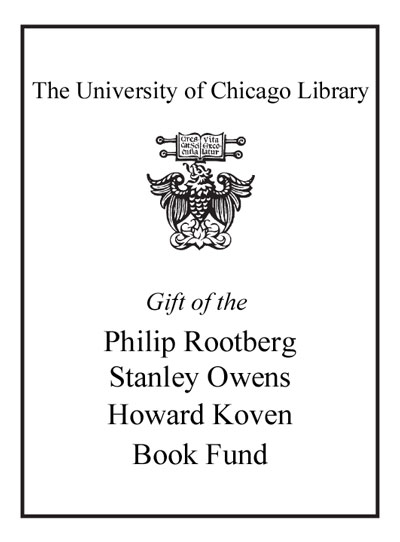Review by Choice Review
The Warsaw Ghetto Uprising remains the most widely known symbol of Jewish resistance during WW II. At the same time, it is often recalled as a foil to the alleged passivity of the Jews in the face of the Nazi onslaught. Patt (Univ. of Connecticut) has conducted meticulous research on sources in archives throughout the world to analyze and deconstruct the myth of the uprising and its ambivalent role in Holocaust historiography and commemoration. Carefully discussing how the uprising has been depicted contemporaneously and after the war, Patt challenges readers to reconsider previous historiography as well as commemorative narratives of the largest Jewish military revolt against the Nazis. Juxtaposing and comparing reports produced by activists from different political groups that competed for credit for the uprising, the author contributes a much-needed, nuanced, interpretative perspective that contextualizes the intentions behind particular representations of the revolt, without diminishing the heroism and desperation of those who took part in it. This will be obligatory reading for anyone interested in the Holocaust, Holocaust memory, or historiography. Summing Up: Highly recommended. Graduate students and faculty. --Monika Rice, Lafayette College
Copyright American Library Association, used with permission.
Review by Choice Review

